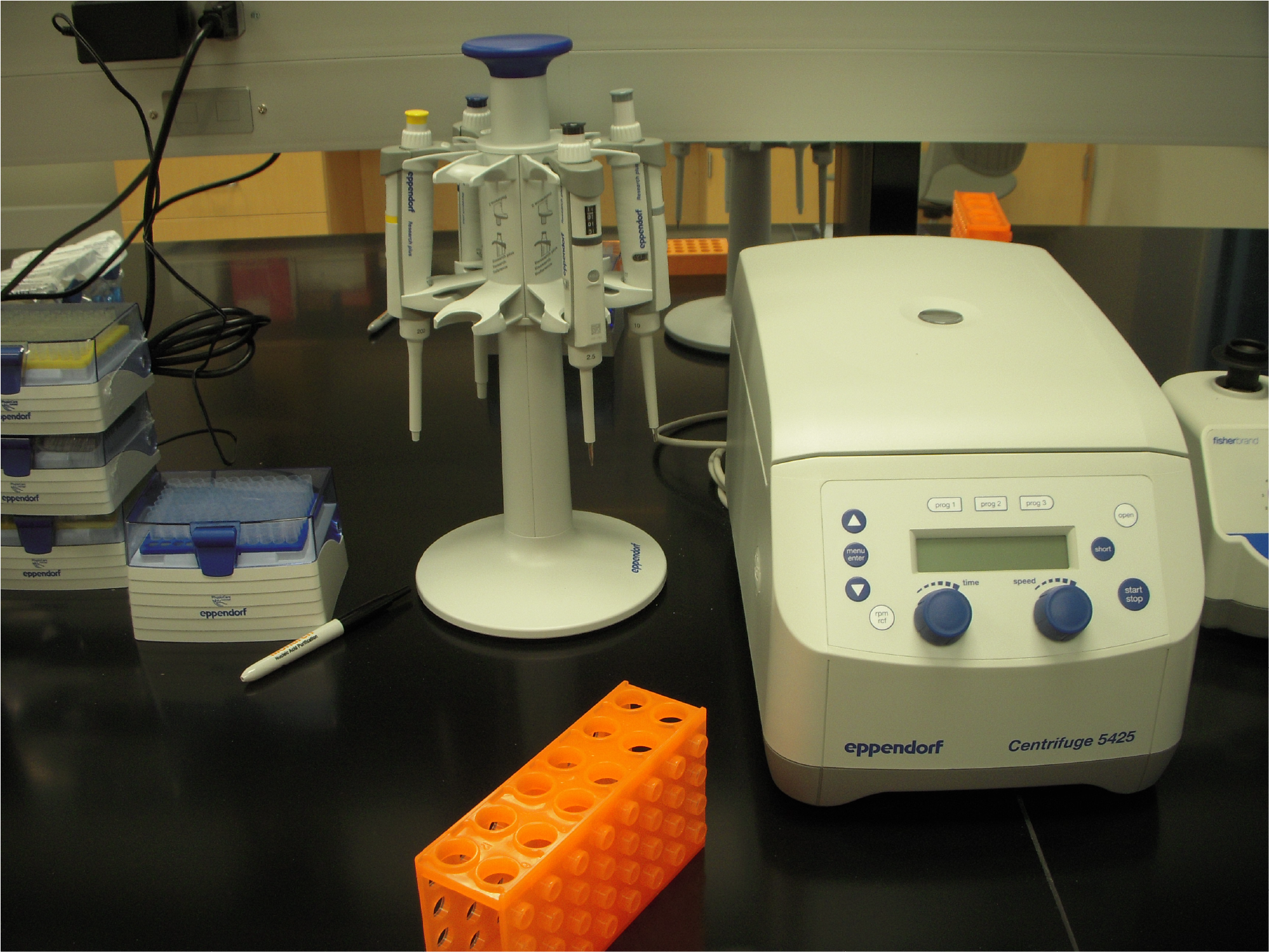Week 9 (3/19/21) – We discussed AGO3’s biological activity in the context of other human argonaute proteins with a focus on the 2012 publication by Hu, et al. on the special role of AGO3 in binding Alu-derived small RNAs and mediating gene repression. This work was done by the Rosenfeld lab.
We are planning some summer projects on AGO3 activity. We discussed the redundant roles for AGO1-4 in microRNA guided gene repression and then focused on the little that is known about specific functions of AGO3. Interestingly, a class of Alu elements are up-regulated by retinoic acid (RA) treatment in pluripotent cells. RA causes cells to differentiate along neural lineages. Dicer seems to target RA-induced Alu RNAs to create small RNAs between 28-65 nucleotides long. These Alu-derived RNAs are protected by AGO3 specifically. Several mRNAs contain potential Alu-derived RNA binding sites, including transcripts involved in cellular differentiation like nanog. Hu, et al. show that nanog mRNA is depleted after treatment with RA, in part due to AGO3-mediated activity. This was a comprehensive analysis of Alu-derived small RNAs in differentiation and a clear specific function for AGO3. In the same year, other researchers showed that AGO1 and AGO3 double-knock out mice are viable. I would be very interested to know if loss of AGO3 also resulted in loss of Alu-derived small RNAs and altered the ability of pluripotent cells to differentiate in mice. Little follow-up has been done in this field with the exception of some studies on the G isoform of polymerase III, which is involved in transcription of up-regulated Alu elements during differentiation.
Upcoming (3/25 and 3/26) – We are attending the 5th Annual RNA Symposium on “Processing RNA” from the RNA Biomedicine Institute at the University of Michigan.
